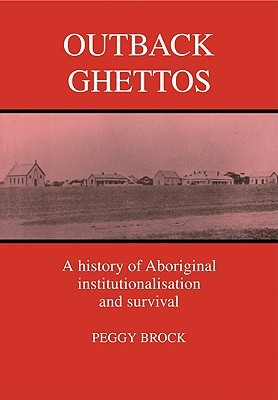
- We will send in 10–14 business days.
- Author: Peggy Brock
- Publisher: Cambridge University Press
- ISBN-10: 0521447089
- ISBN-13: 9780521447089
- Format: 17 x 24.4 x 1 cm, minkšti viršeliai
- Language: English
- SAVE -10% with code: EXTRA
Reviews
Description
Up until the 1970s, a large proportion of Aboriginal people in Australia had some experience in institutions as part of government assimilation and protection policies. By focusing on three communities in South Australia, this book attempts to understand the consequences of this institutionalization for Aborigines and Australian society in general. Peggy Brock uses the word "ghetto" to evoke the nature of the missions in which many Aboriginal people settled for generations, as ghettos both oppress and nurture. The book shows that Aboriginal people often chose to live in the missions as part of creative strategies to ensure their own survival. This constructive and insightful study should become a central text in Aboriginal Studies and Australian history.
EXTRA 10 % discount with code: EXTRA
The promotion ends in 22d.13:44:27
The discount code is valid when purchasing from 10 €. Discounts do not stack.
- Author: Peggy Brock
- Publisher: Cambridge University Press
- ISBN-10: 0521447089
- ISBN-13: 9780521447089
- Format: 17 x 24.4 x 1 cm, minkšti viršeliai
- Language: English English
Up until the 1970s, a large proportion of Aboriginal people in Australia had some experience in institutions as part of government assimilation and protection policies. By focusing on three communities in South Australia, this book attempts to understand the consequences of this institutionalization for Aborigines and Australian society in general. Peggy Brock uses the word "ghetto" to evoke the nature of the missions in which many Aboriginal people settled for generations, as ghettos both oppress and nurture. The book shows that Aboriginal people often chose to live in the missions as part of creative strategies to ensure their own survival. This constructive and insightful study should become a central text in Aboriginal Studies and Australian history.


Reviews